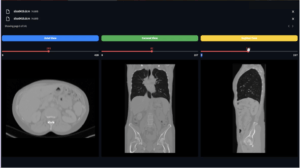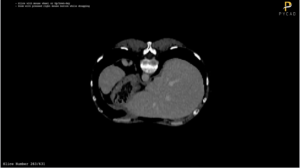The Use of Optimizers in Machine Learning

Abstract
Optimizers are a group of tools that can be used to train a machine learning model. They use the same principles as gradient descent to find a locally optimal point in terms of a loss function.
The use of optimizers in machine learning is currently being adopted by the big data industry because it prevents overfitting and enhances generalization.
Optimizers are also used for boosting decision tree learners or random forest modelers with an objective function that is not linear.
An optimizer is a specific type of machine-learning method that “optimizes” an objective function by finding the solution (point) which minimizes the loss (or maximizes the gain) with respect to some criterion, such as minimizing or maximizing some performance metric like accuracy, precision, recall, and F1 score.
Introduction: What is an Optimizer and How It Works?
An optimizer is a machine learning algorithm that helps improve the accuracy of training models. It is typically implemented as a subroutine in deep neural networks, and it has the ability to make small changes to the parameters of an optimization algorithm.
An optimizer can also be used with other machine learning methods like reinforcement learning, search algorithms, or recurrent neural networks.
The basic idea behind backpropagation is that observed data (x) is fed into the model (y), and this error signal (e) is fed backwards through the model so that it can learn how to correctly predict x. The optimizer helps determine how much weight should be given to each observed input for better performance of the model
What are the Different Types of Optimizers in machine learning?
There are several types of optimizers and the most common ones are the following:
Adams optimizer: Adams optimizer is a type of optimizer that uses an algorithm to estimate the gradient of a function by optimizing the step size and step direction.
SGD: SGD is another type of optimizer that uses stochastic gradient descent optimization. It also uses loss function and learning rate to optimize the parameters of the learning algorithm.



